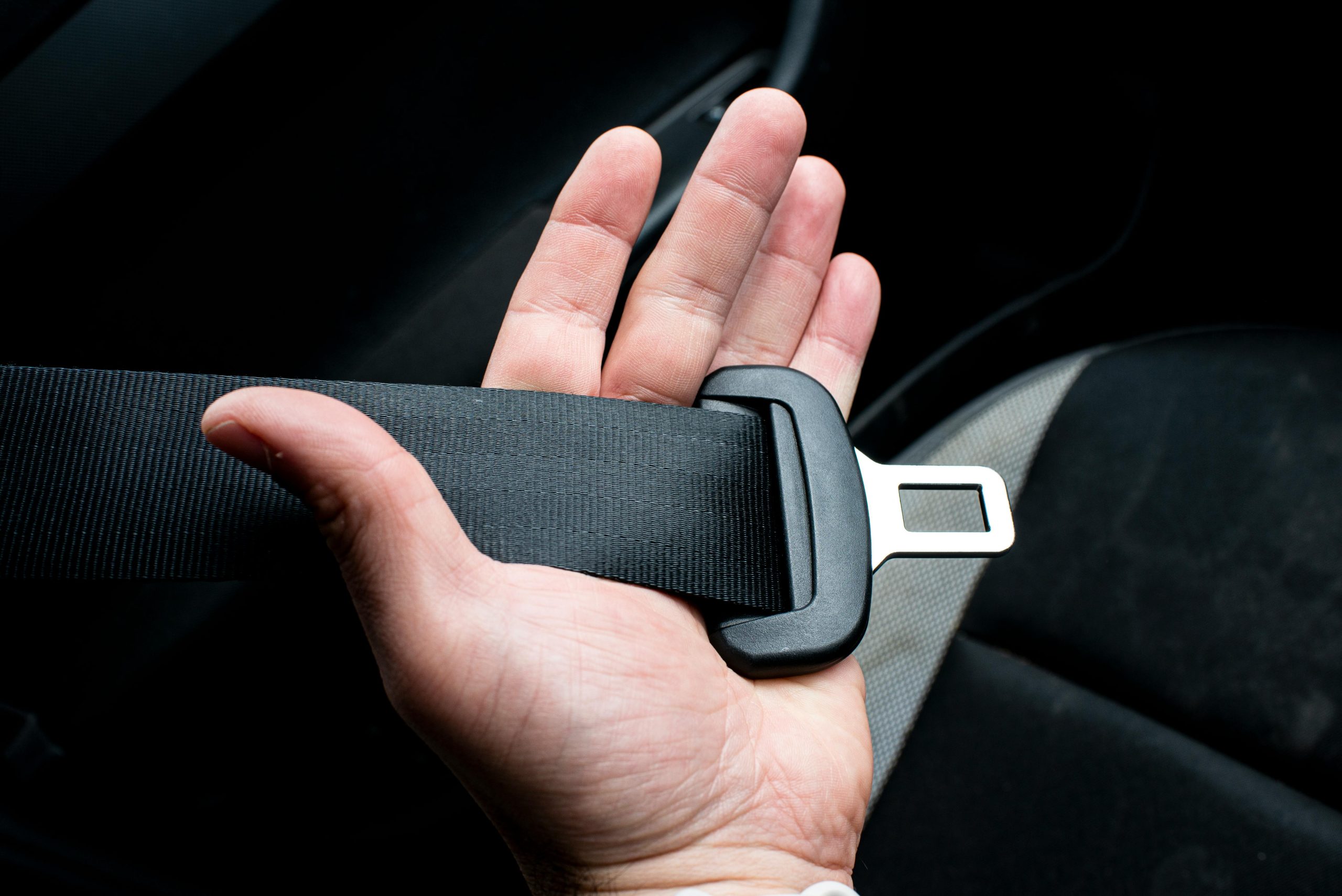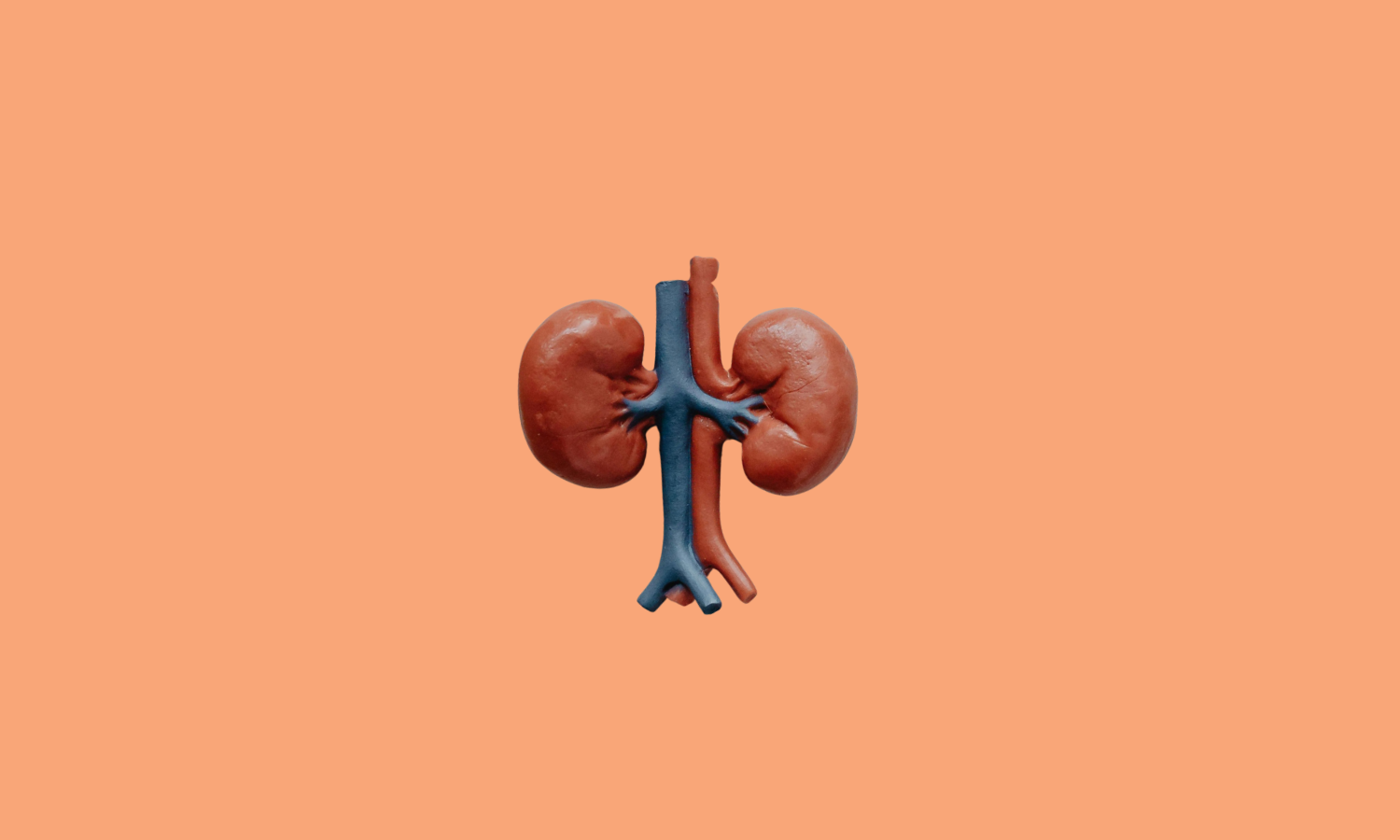Diabetes care is preventive care. Almost all the therapies used by people with diabetes are prescribed because of solid research showing that they can directly or indirectly reduce the chance of developing a serious health outcome in the future.
These include drugs that lower glucose and blood pressure, statin drugs for cholesterol lowering, drugs to help stop smoking, and other therapies that may include drugs like ramipril, perindopril, telmisartan, finerenone, GLP-1 receptor agonists, SGLT2 inhibitors, to name a few. Most of these drugs do not change how a person with diabetes feels (unless they cause a rare side effect). But that is not why they are prescribed. They are prescribed to reduce the future likelihood of developing heart attacks, strokes, blindness, kidney failure, amputations, infections and other serious problems. But do they truly prevent these outcomes?
The best way to answer this question is to think about how seat belts are used. People who wear seatbelts while driving are less likely to be injured or killed in a serious car accident than people who don’t wear seatbelts. But a person can still have a serious injury if they wear a seatbelt. So it doesn’t always prevent a serious injury. What it does do, however, is reduce the chance or the probability and severity of such an injury in case of an accident. Many people will wear seatbelts for decades and never have a car accident. They may feel that the seatbelt has not done anything for them. However, what it has done is provided more reassurance to them and their loved ones that they are more likely to safely get through any future trip in the car.
The same approach applies to every preventive therapy. There is no guarantee that they will prevent anything serious in the future. What they do, however, is reduce the chance of something serious happening. In addition, when several of these therapies are used together, the chance of preventing something serious in the future is higher than it would be if only 1 or 2 were used.
So, you can think of preventive drugs as an ongoing investment today for a better chance at a healthier future tomorrow.



